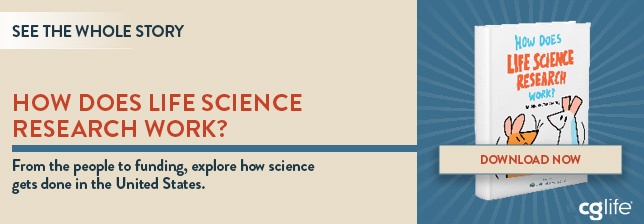Part 2: The People
It’s the people that make a workplace special, and that’s no less true in a research lab.
Academic research labs are vibrant environments where scientists with different educational backgrounds and expertise come together to answer questions about how our world works and train young researchers to become experts in their fields. The principal investigator, typically a professor, is the CEO of the lab – setting research objectives, procuring funds and attending conferences. The lab manager administers the daily running of the lab. Post-docs are highly skilled researchers, and oscillate between working on their own projects and mentoring students. Grad students are less experienced than post-docs, but are still highly specialized researchers that work on independent projects. Undergraduate students typically run routine protocols to support the work of the post-docs and grad students.
Science enthusiasts aren’t just in labs. Their careers span from public policy to education and many areas in between. And, more than ever there are abounding opportunities for Citizen Scientists. Scientific American has an entire webpage devoted to Citizen Science, with requests for citizens to collect soil samples, send photos of wildlife, and assist in building databases.
We’ve developed the following light-hearted booklet with the hope of nurturing a love of science inside and outside the research lab. This comic looks at how many elements come together every day to deliver new therapies and medicines that benefit life.
At Chempetitive Group, we have a deep passion for life science research—its people, its processes and its promise for the future. In order for life science research to endure, we must continue to highlight its supreme importance and inspire future innovators with effective communication.
Miss Part 1 of this series? Find it here.
